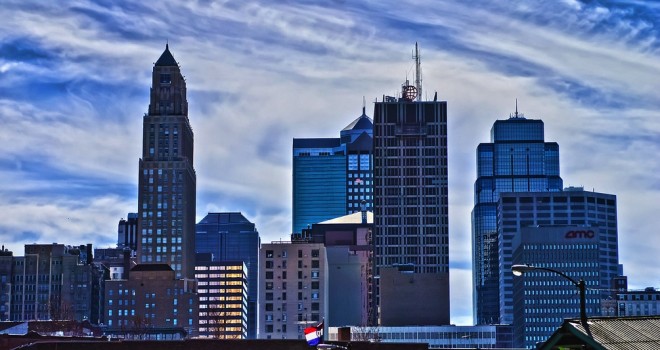While talk is rife for the creation of 100 new ‘smart’ cities which is a good development considering the paralysis that was the hallmark of the previous regime, efforts should be made to make such ‘smart’ cities people oriented so that such kind of havens don’t promote a sense of digital divide amongst the people but in fact act as regional magnets attracting prosperity and adding economic muscle to the surrounding regions as well. It is therefore imperative that a people centric approach is taken in the comprehensive planning and development of such cities, wherein an approach of clean slate, most luckily found, should be taken while developing both physical and social structures that promote inclusiveness and a sense of belonging to the cities that will be developed.
As has been described in tons of studies and literature on cities, cities are living organisms that need both the physical and ‘mind’ space to thrive and bring prosperity and economic growth to the citizens that inhabit them. It is therefore important that a clear demarcation needs to be done where in space is allocated for critical functions of the city, such as transportation function that act as nervous system of the city, pollution control in the form of trees that act as lungs, institutions and higher learning centers that act as the brain, recreational centers that act as the heart and mixed use neighborhoods that act as the muscle, flesh and skin of any city. It is imperative to note that a body consists of a cell that is the single most independent structure on which the entire edifice of the body is constructed; in the similar fashion, city planners should comprehend that while planning for a smart city, they should be careful in distributing such important and critical functions in such a manner that any part of the city acts as a self-sustaining unit that can function in tandem with the city in its entirety and independently as a cohesive unit as well.
However, in such type of planning of a city, the most important part is to plan and develop any city in such a manner that the most important component, around which the entire planning exercise is revolving, i.e. the people of the city should be wholly integrated in the entire planning process. For people constitute the soul of any city and a planning exercise of any scale would not hold any significance or success if people for which the cities are meant are not taken in account in the planning exercise. How to integrated the people and bring to life inclusive neighborhoods in the city so as to maintain the co-existence of its people in an organic way rather than something that is imposed by the planning authorities is something architects and urban planners should lay their focus on. Engineers on the other hand should lay their focus on how to plan the services and other important functions in a manner that is both equitable and efficient. And now since these cities are going to be smart cities, focus should be made to develop such cities keeping in mind the rapid pace of change that our society is experiencing and will experience in both the near and long term future.
It is in this context that a living organism with a soul should be responsive to its inner conscience as well as external stimuli. And considering cities to be living organisms with a soul of their own, they should be designed and planned in such a manner that they come to terms with their soul in the form of their people and also acts as magnets of prosperity and growth for its people thus acting positively with its external environment. Only such type of cities will be considered ‘smart’ in the real sense in the future.
image courtesy: wired.com

 smart cities should be people oriented
smart cities should be people oriented
Leave A Comment